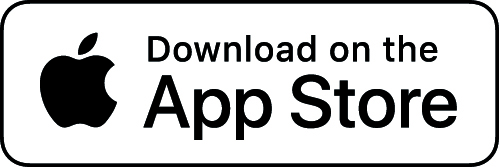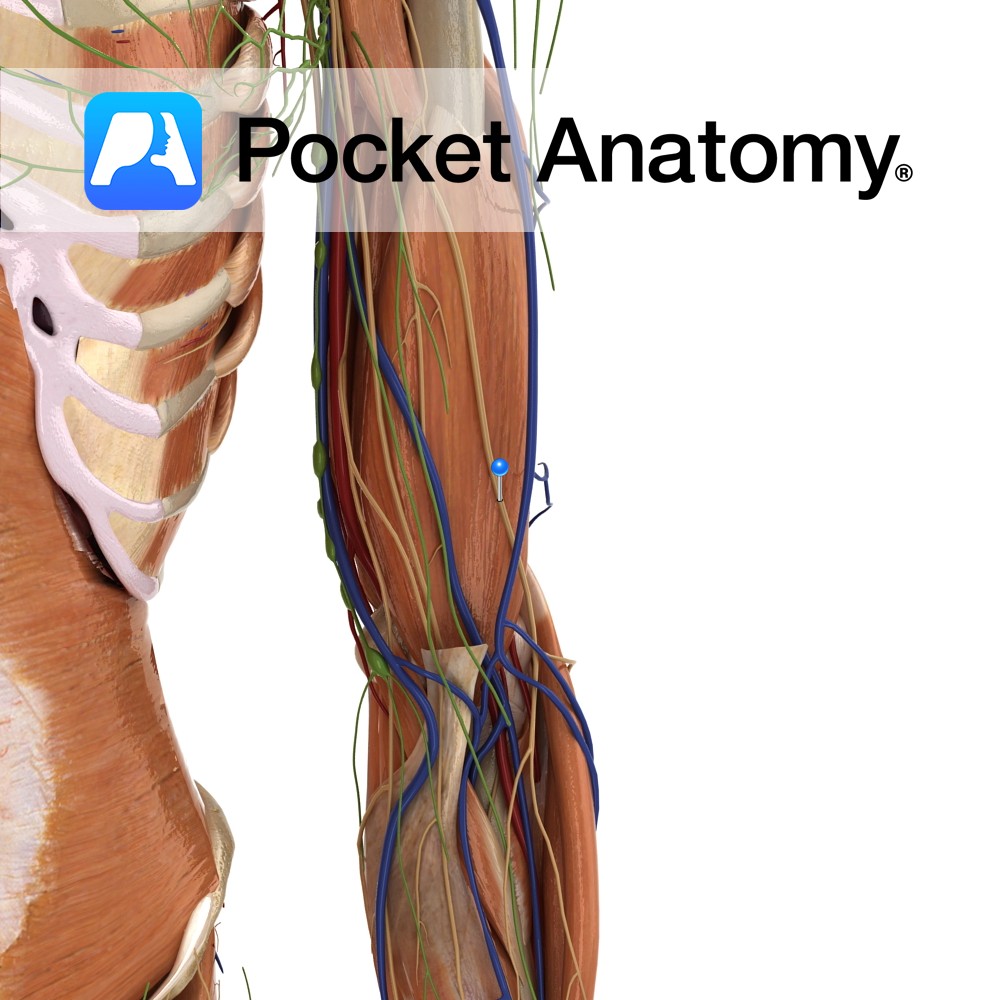PocketAnatomy® is a registered brand name owned by © eMedia Interactive Ltd, 2009-2022.
iPhone, iPad, iPad Pro and Mac are trademarks of Apple Inc., registered in the U.S. and other countries. App Store is a service mark of Apple Inc.
After the completion of the Skeletal System, Connective Tissues and Muscular System, the next phase was to construct the internal organs of the reproductive, digestive, and respiratory systems.
- Published in 3D Human, Teaching Anatomy
After the completion of the Skeletal System and Connective Tissues, the next phase was to construct the muscular system, which enables the body to move, maintain posture, and circulate blood and consists of skeletal, smooth and cardiac muscles. Firstly the creation of the muscular system was approached in very much the same way as the
- Published in 3D Human, Teaching Anatomy
After completion of the skeletal system, building the cartilage, ligaments, and connective tissues within the body was the next logical phase as along with the bones, these are the fibrous connective tissues that also provide structural support and protection within the body. All of the connective tissue was sculpted by hand in ZBrush on top of the skeleton model. After
- Published in 3D Human, Teaching Anatomy
December Awareness Months and Weeks bring us a variety of topics, including three related to the immune system—WHO World AIDS Day, National Influenza Vaccination Week, and National Handwashing Week—and one to support a fun holiday season!
- Published in Health and Education, Teaching Anatomy
“…there are quite a few apps that effectively marry anatomy content and the iPad technology such as the Pocket Anatomy app.” Dr. Warren Weichmann, University of California Irvine.
- Published in Teaching Anatomy
Hello! Pocket Anatomy is there on your iPad and you get excited every time you show it to your friends. The coolest part? Flipping through the two human models showing the layers and the beautiful 3D graphic details. Our Interactive 3D Human Body app is designed in such a way to allow you to navigate and
- Published in Teaching Anatomy, Tutorial
Last month we started to see how medical terminology, no matter how complex it looks like, can be decoded by becoming more familiar with words roots deriving from -mostly – Greek and Latin. So far we focused only on parts of the human body. This month, we will look at more general concepts, like diseases
- Published in Teaching Anatomy
So, you’ve just downloaded the Pocket Anatomy app? You’re maybe spending hours spinning around the 3D models of the male and female body and have certainly been admiring the beauty of them. You’re amazed at how complex this machine is! Now, it’s high time to understand how the human body works and how each single part
- Published in Pocket Anatomy Pins, Teaching Anatomy
Anatomy classes have started and in the last few weeks your ears haves been picking up new sounds and trying to decode the medical jargon used by your educators when explaining the human body… Don’t panic! In few months, you will also speak the same language too…But, why wait a few months when you can
- Published in Teaching Anatomy
Anatomy Course A continuation of the musculocutaneous nerve in the arm. This nerve becomes the lateral antebrachial cutaneous nerve once it has emerged from between the biceps brachii and the brachialis muscle, lateral to the biceps brachii tendon, passing behind the cephalic vein. It then divides into two branches, both of which run distally along
- Published in Pocket Anatomy Pins, Teaching Anatomy
- 1
- 2








